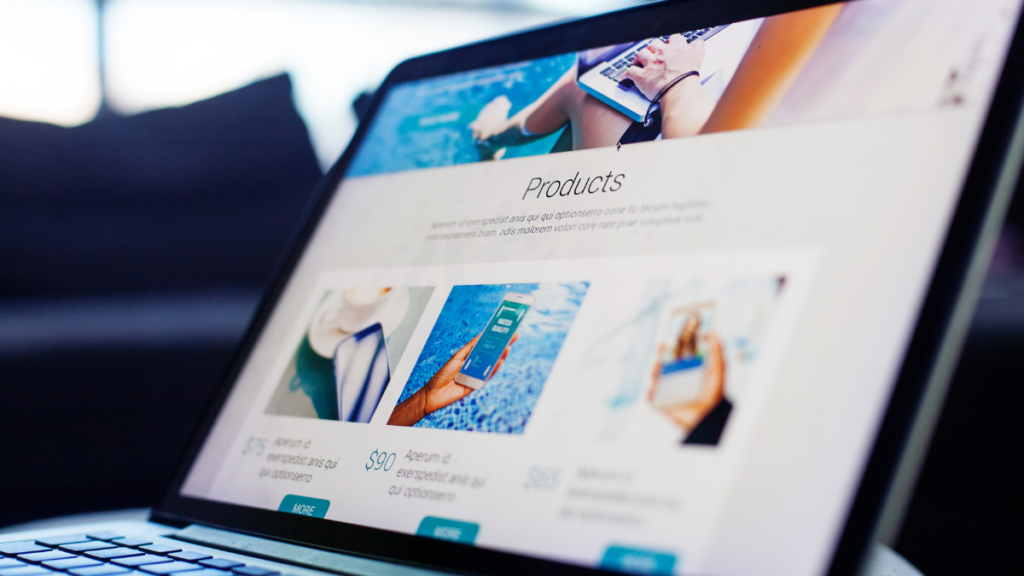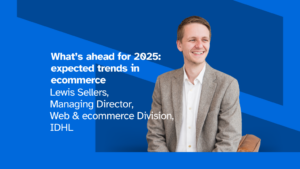Alex Isitt, UX Designer, Design & Development agency, Kitty
Sir Tim Berners-Lee, father of the world-wide web famously said “The power of the Web is in its universality. Access by everyone regardless of disability is an essential aspect” – a sentiment that, with the ever-increasing focus on designing an inclusive digital environment, rings true more than ever. That said, there is still much that can and, with changing legislation, must be done, in order to democratise the immense online world that we often take for granted.
Increasingly accessibility is becoming not just a moral obligation but a legal requirement. The landscape of web design is undergoing a significant shift, with regulations tightening to ensure equal access to online content for everyone, regardless of their abilities. This evolution isn’t just a matter of compliance; it’s a step towards building a more inclusive online environment.
This change, although relatively recent, perhaps reflects a broader societal recognition of the importance of inclusivity and equity for those with disabilities. A greater empathy towards those with impairments, has led to a concerted effort to design products, services and experiences that account for the limitations or barriers to entry these individuals might face. Couple this with the reality that accessible design not only benefits those with accessibility considerations but all users, and it becomes clear why the world of digital marketing and web development need not approach changing legislation as an obligation but rather as a necessary and ultimately fruitful business decision.
Web accessibility encompasses a broad spectrum of considerations, from ensuring content is perceivable by individuals with visual impairments to making websites navigable for those with mobility challenges. they represent an opportunity for businesses to demonstrate their commitment to inclusivity and social responsibility.
Legislation such as the Americans with Disabilities Act (ADA) and the Web Content Accessibility Guidelines (WCAG) have existed to set clear standards for web accessibility, and non-compliance can lead to costly legal battles and damage to a company’s reputation.
Now with the introduction of the European Accessibility Act (EAA) any businesses looking to sell products or services within EU member states must ensure that their digital products and services, including websites and mobile applications, are accessible to people with disabilities.
Given a recent Family Resources Survey “found that one in four people said they were disabled and it’s a number that looks set to increase; the number of disabled people rose from 12.1 million (19%) in 2011 to 2012 to 16.0 million (24%) in the most recent survey year” (Allen, n.d.) it is not only legal repercussions that companies need to be wary of – it is also the very real danger of alienating a significant proportion of your userbase. Additionally, search engines favour accessible websites, often ranking them higher, which can enhance SEO efforts.
Improved user experience (UX) leads to higher satisfaction and potentially increased loyalty and customer retention. Moreover, companies can leverage their commitment to accessibility as a PR advantage, enhancing brand reputation and demonstrating corporate social responsibility.
Yet despite these benefits for both user and provider, there remains a lot of work to be done. According to a 2013 WebAim survey of 1 million landing pages, “96.3% of homepages [had] Web Content Accessibility Guidelines (WCAG) 2 failures”.
So how do we close this gap? And what practical steps can businesses take to ensure they stay ahead and remain compliant with accessibility standards and legislation?
Training:
Invest in training your development teams on accessibility best practices. Equip them with the knowledge and tools needed to create accessible designs from the outset.
Audit:
Regularly audit your website for accessibility issues using automated tools and manual testing. This proactive approach helps identify and address accessibility barriers before they become legal liabilities.
User Feedback:
Solicit feedback from users with disabilities to understand their experiences and pain points. Incorporate their insights into your design process to create more user-friendly and inclusive digital experiences.
Accessible design:
Integrate accessibility considerations into the design phase of your projects. From colour contrast ratios to keyboard navigation, small design choices can have a big impact on usability for all users.
Accessible technology: Leverage accessible technologies such as screen readers, keyboard shortcuts, and alternative text for images to ensure your content is accessible to users with different abilities.









